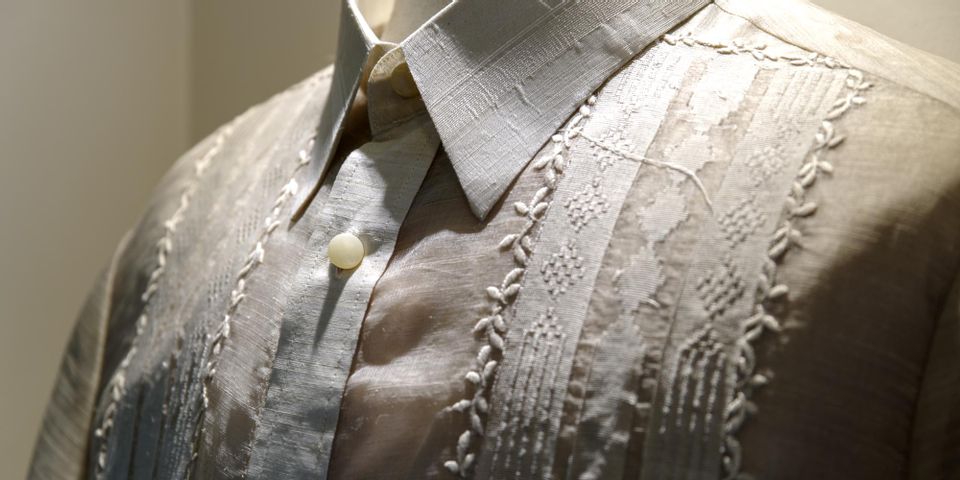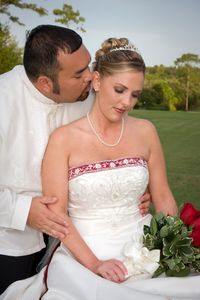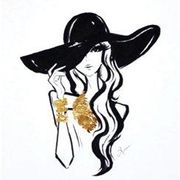
For men in the Philippines, the Barong Tagalog is considered traditional formal wear. While it may look like a shirt, it’s considered a dress or a coat, and it’s worn untucked. Often made from pina, a fiber constructed from the leaves of pineapple plants, this slightly transparent garment is lightweight, covered in embroidery, and worn over an undershirt. Here’s a brief history of the Barong Tagalog to learn more about where this one-of-a-kind formal wear came from.
A Historical Guide to the Barong Tagalog
Impact of Imperialism
The Spaniards colonized the Philippines in the 16th century and implemented several regulations to establish their dominance. They required all natives to wear a see-through garment, preventing them from concealing weapons. The Spaniards also commanded that the Barong be left untucked so that the Filipinos would be marked as a lower class. While initially forced upon the people, the Barong Tagalog eventually became part of their culture.
Continuation in the Commonwealth
In 1935, the Philippine Commonwealth was established, and President Manuel L. Quezon popularized the Commonwealth Barong Tagalog. This version of the now-centuries-old garment featured the Tydings McDuffie motif, a combination of the Philippine Commonwealth flag and the American flag embroidered across the fabric. The President declared the Barong as the national dress, and after World War II, Philippine Presidents wore the Barong Tagalog for their swearing in and at all formal state occasions.
Barong Tagalog of Today
 Today, the Barong retains its traditional form; however, it’s been modernized to include recent fashion trends as well as a female version. While once a mark of past oppression, it has been reclaimed by the people of the Philippines and is worn with national pride.
Today, the Barong retains its traditional form; however, it’s been modernized to include recent fashion trends as well as a female version. While once a mark of past oppression, it has been reclaimed by the people of the Philippines and is worn with national pride.
Guests wear the garment at weddings and formal parties, and in the government, it’s seen as the most acceptable form of dress when arguing a case. If a foreign dignitary is invited to Malacanang Palace, they’re also invited to wear the national dress. There are even less formal versions of the traditional Barong, which are worn at universities and in offices.
If you’d like to wear a Barong Tagalog for an upcoming wedding, party, or formal event, visit A & N Fashion in Honolulu, HI. This Filipino formal wear store carries a wide range of traditional garments that are perfect for prom or a baptism. They also offer a selection of scrubs and evening gowns as well as custom dressmaking services. View their services online, or call (808) 983-9818 to speak with a team member about alterations for your garments.
About the Business
Have a question? Ask the experts!
Send your question

